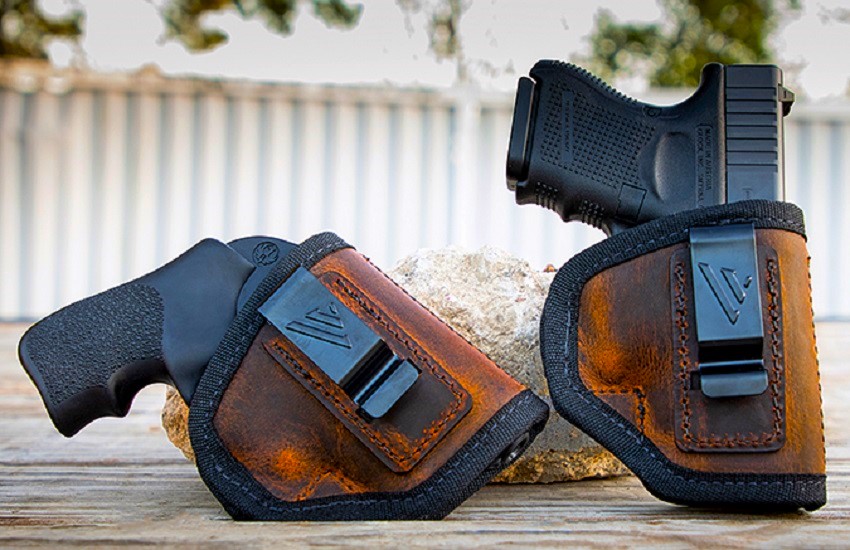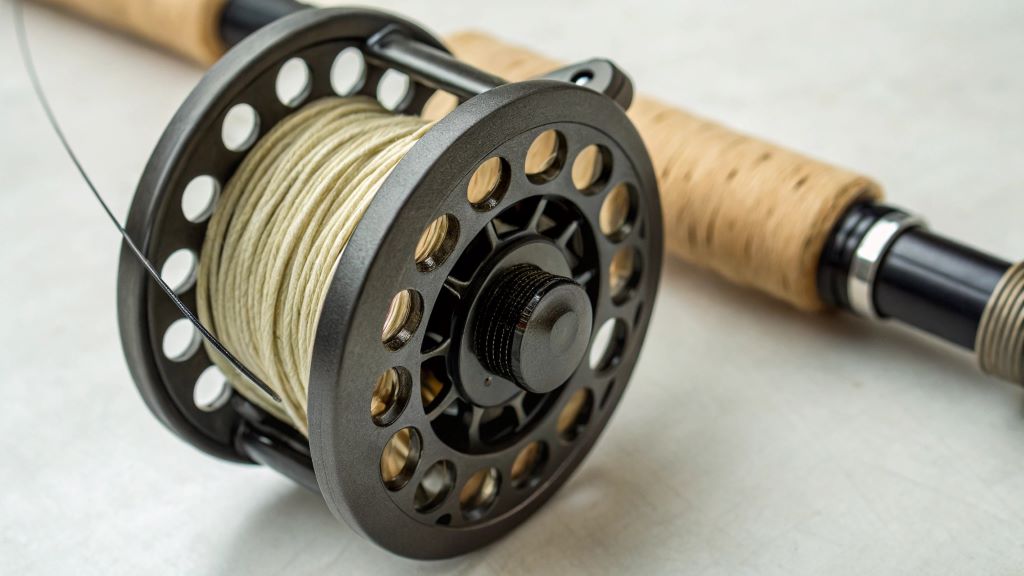Many articles have been written on choosing a firearm, but little about the holster you need to carry it. It is a critical piece of gear that should be considered before you purchase your gun. Holsters come in various shapes, sizes, and styles. Popular options include outside-the-waistband (OWB), inside-the-waistband (IWB) and shoulder.
Comfort
You should consider the type of firearm you plan to carry and how you want to use it when looking for a gun holster that fits your needs and specifications. Various types of holsters can be found and purchased, from bags, packs, and purses that hold firearms to more traditional holsters like those worn on the belt or around the body. The comfort level of a holster can be impacted by material, design and fit, and clothing compatibility. High-quality holsters for glock 43 from breathable materials can provide better comfort while maintaining durability and retention.
A comfortable holster will also minimize any potential for chafing and other physical discomfort that can develop over prolonged use. Consider the benefits of carrying on your strong side versus cross draw and whether or not you require an adjustable cant and ride height (how high or low it sits on your belt/waistband). A good holster should also have a sweat guard to prevent moisture buildup on the gun.
Retention
Whether you are going to be carrying in the office, running around on the job site, or chasing down a bad guy, your gun must stay securely in its holster. It is called retention. It keeps your gun in place until you decide to draw it. It also helps keep your gun from accidentally falling out or being taken away. Level two and higher retention have active retention, adding a mechanical element to the holster to help secure your weapon. It can be a thumb break, rotating cover, or finger/thumb lock. However, more retention will slow down your draw and make getting your weapon out of the holster in battle easier.
Concealment
You need to be able to get your gun when you need it quickly. That might seem counter-intuitive since the purpose of a holster is to secure your weapon, but if you can’t access it, it might not be ready for use when needed. That’s why you must consider where to carry it and how your body moves when sitting or bending. Doing a simple experiment of placing your unloaded gun in the holster and moving it around your waist is an easy way to determine your comfort boundaries.
Another factor is ride height, or how high up on your waistline the holster sits. It can affect how your weapon prints and whether it’s comfortable to wear in your chosen carry position. Some holsters also offer options like a tuckable vs. non-tuckable design or a lateral offset to help keep the butt of your weapon away from your ribcage.
Fit
One of the most critical factors in selecting a holster that will work well for you is how you will carry it. If you carry concealed, you want a sleek, form-fitting design that hugs the area of your body you wish to carry in for ease of concealment. Often, a higher level of retention will make it easier to draw the firearm out but may not offer the same security that you can find with lower levels of retention, which rely on a mechanical device of some kind to lock the holster into place and only allow the gun to be drawn once the robotic device is deactivated. An excellent way to test a holster for concealability is to put on the clothing you will be wearing daily and then put your intended holster where you wish to carry it. Then, walk around, twist, stretch your arms and legs in various ways, and sit to see how the holster will hold up to your daily activities.


